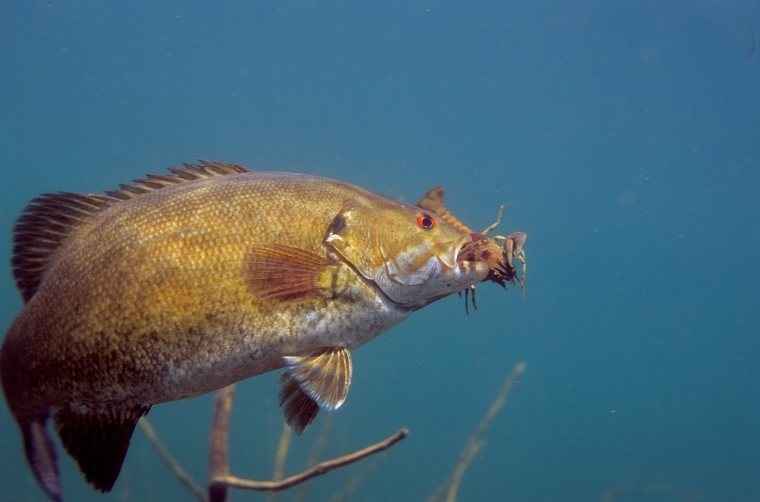
The crayfish is one of the most unusual and fascinating creatures that lives in freshwater. More or less a mini-lobster, this crustacean is a formidable creature to handle. Its main claws are not quite as potentially bone crushing as those of a lobster, but they will pinch your skin purple and quickly make you wish you’d been a bit more cautious picking them up.
Like many water-crazy Ontario kids, I spent countless hours flipping rocks and catching crayfish. Several techniques worked for picking them up, but I got pretty good at grabbing them by the back, out of harm’s way. I learned that crayfish come in a variety of shapes and sizes, including a soft-shell form that is a lot more vulnerable than the normal hard version. This growing familiarity with crawdads paid off for me later as my love of angling grew.
I first realized just how much fish love crayfish when our family caught and kept a few bass to eat on a canoe trip. As the fish were being cleaned, each belly was exposed and they were literally bursting with crayfish. Some of the crayfish were so freshly eaten they were still moving. Kind of gross, but fascinating. As I dug through the stomach contents, the crayfish ranged from fingernail size to full-grown finger length. Several were of the soft-shell variety, which I later learned meant they had recently molted. Clearly, these soft ones were a little easier for the bass to eat. Knowledge can be a dangerous thing, and soon this young angler was collecting live crayfish for bait.
A single crayfish tail-hooked with a short shank hook and tossed over the side of a dock or near a drop off was rarely ignored if there was a bass around. It was almost a sure thing to get bit. This became a go-to technique, but there were still surprises in store for me and more learning to be done.
Most fish love ’em
As I increasingly fished with live crayfish, it became obvious that it wasn’t just bass that would eat them. On one canoe outing, I pitched a crayfish to a rocky shoreline and had an immediate pick-up. I set the hook, but instead of a cart-wheeling bass, there was a line-screaming run. This was no bass. After a long fight, a paddle-length pike appeared at boat side and I grabbed it. The pike had inhaled the crayfish and somehow had not bitten me off. That crayfish-loving pike was used to feed a hungry group of canoe trekkers. Its belly was full of crayfish, too.
As the years went on, other fish species showed a decided interest in crayfish, including walleye, perch, rainbow trout, and brookies. The sheer amount of crayfish some of the fish had eaten was mind boggling. One rainbow caught in the Nipigon River spat crayfish out on its way up, and had a stomach so crammed with craws you could see the lumps protruding from its belly! Incredible.
I’ve been told there isn’t a ton of nutrients in crayfish, but fish certainly don’t seem to mind gorging on them. The multispecies angler would be wise to have a few crayfish patterns on hand.
Fake crays
For the most part, I’ve given up angling with live crayfish as the practice has been blamed, in part, for the spread of the invasive rusty crayfish in Ontario. This is not a good thing. The fact is, there are many really good crayfish patterns that work as well — and sometimes better — than the real deal.
In my opinion, the very best crayfish imitation is a three- or four-inch tube jig. The general shape of the tube, coupled with the dangling tentacles, just looks so much like a crayfish scuttling across the lake or river bottom, and tubes in brown, orange, green, purple, and blue cover the colour spectrum of your average crayfish. If forced to choose one colour, I’d go with pumpkinseed.
Yes, other plastics can also do a good job looking like crayfish, including grubs, small Senkos, and various shads. There are even super realistic plastic crayfish. They all have a place.
Fish plastic crayfish slowly along bottom, either with a steady drag or a hop with a drag. Any fish that is on crayfish is going to be looking at the bottom and watching for subtle movements.
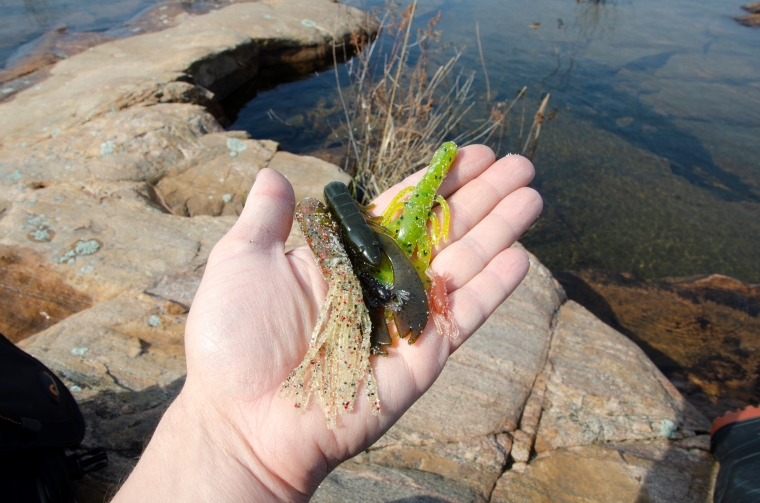
My other go-to crayfish lure pattern is the crankbait. Fat-bodied, small-lipped cranks that have a tight wiggle are a very good representation of a crayfish. Many companies recognize this and paint cranks in colours that look remarkably like a crayfish. Several manufacturers have created ultra-realistic cranks that, from a short distance, look like the real deal. Needless to say, these lures can do the job.
I’ve also had great luck in shallow water using longer, skinnier-bodied cranks like the X-Rap in orange, hothead, purple, or blue. The quick, erratic movement of these baits seems to trigger fish that are foraging for crayfish as well. Don’t be afraid to experiment.
If you’re a fly angler, several good crayfish patterns will catch you fish. Basic patterns will work, most of which are yellow, brown, or orange and have weighted eyes and an upturned hook. In a pinch, any weighted muddler or Matuka sculpin pattern will also work. Cast the pattern in shallow or to a rock point, let it sink, then slowly strip it in. Strikes will be hard.
Crayfish are a key component of the summer diet of many fish. If you’ve been having trouble catching fish during the dog days, a crayfish imitation might be just the answer you’ve been seeking.

Senior Editor Gord Ellis is a journalist, radio broadcaster, photographer, and professional angler based in Thunder Bay. Reach Gord at: mail@niteowldev.com, Twitter: @GordEllis
Originally published in the July 2019 edition of Ontario OUT of DOORS magazine


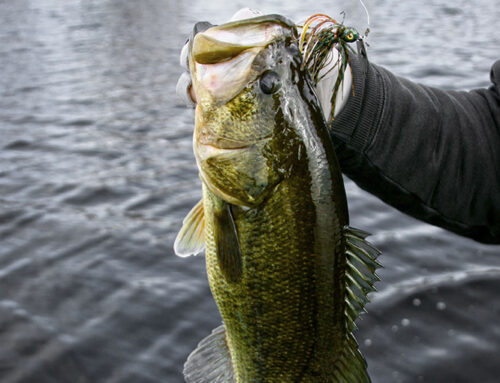
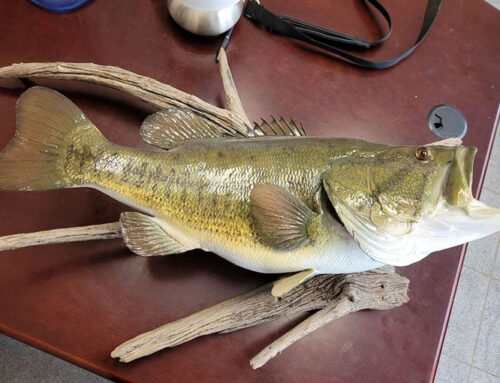
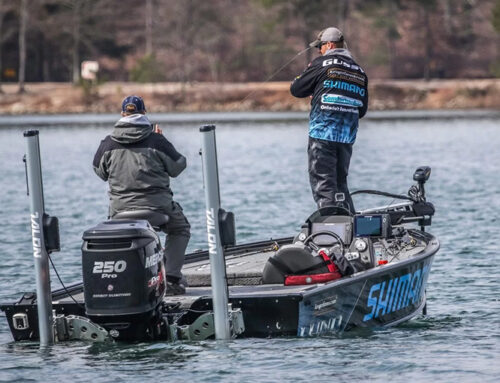
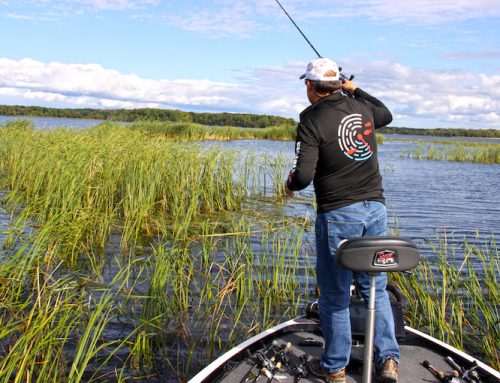
Leave A Comment